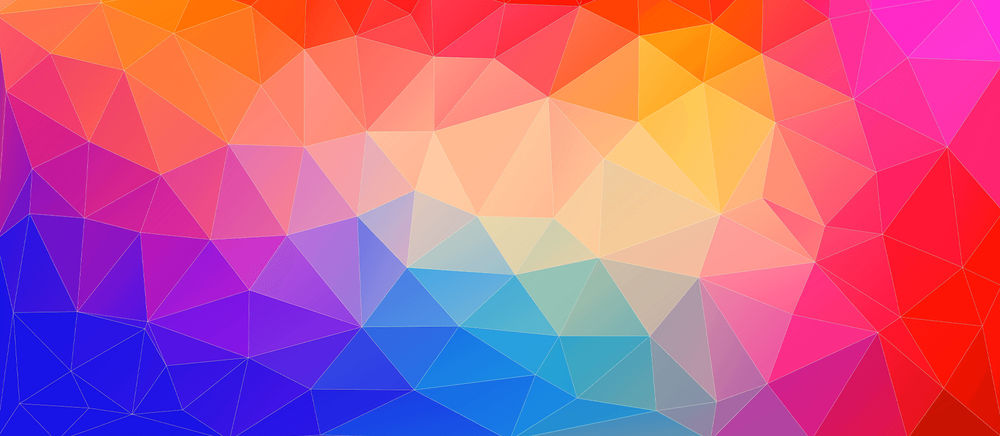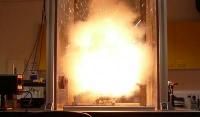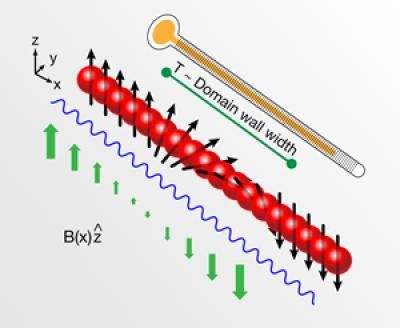Listening to ancient colours
New technique may help restorers identify decades-old pigments
Advertisement
A team of McGill chemists have discovered that a technique known as photoacoustic infrared spectroscopy could be used to identify the composition of pigments used in art work that is decades or even centuries old. Pigments give artist’s materials colour, and they emit sounds when light is shone on them.
“The chemical composition of pigments is important to know, because it enables museums and restorers to know how the paints will react to sunlight and temperature changes,” explained Dr. Ian Butler, lead researcher and professor at McGill’s Department of Chemistry. Without a full understanding of the chemicals involved in artworks, preservation attempts can sometimes lead to more damage than would occur by just simply leaving the works untreated.
Photoacoustic infrared spectroscopy is based on Alexander Graham Bell’s 1880 discovery that showed solids could emit sounds when exposed to sunlight, infrared radiation or ultraviolet radiation. Advances in mathematics and computers have enabled chemists to apply the phenomenon to various materials, but the Butler’s team is the first to use it to analyze typical inorganic pigments that most artists use.
The researchers have classified 12 historically prominent pigments by the infrared spectra they exhibit – i.e., the range of noises they produce – and they hope the technique will be used to establish a pigment database. “Once such a database has been established, the technique may become routine in the arsenal of art forensic laboratories,” Butler said. The next steps will be to identify partners interested in developing standard practices that would enable this technique to be used with artwork.
The research received funding from the National Science and Engineering Research Council of Canada and was published in the journal Spectrochimica Acta Part A: Molecular and Biomolecular Spectroscopy.
Other news from the department science
These products might interest you
Most read news
More news from our other portals
See the theme worlds for related content
Topic World Spectroscopy
Investigation with spectroscopy gives us unique insights into the composition and structure of materials. From UV-Vis spectroscopy to infrared and Raman spectroscopy to fluorescence and atomic absorption spectroscopy, spectroscopy offers us a wide range of analytical techniques to precisely characterize substances. Immerse yourself in the fascinating world of spectroscopy!

Topic World Spectroscopy
Investigation with spectroscopy gives us unique insights into the composition and structure of materials. From UV-Vis spectroscopy to infrared and Raman spectroscopy to fluorescence and atomic absorption spectroscopy, spectroscopy offers us a wide range of analytical techniques to precisely characterize substances. Immerse yourself in the fascinating world of spectroscopy!


































































